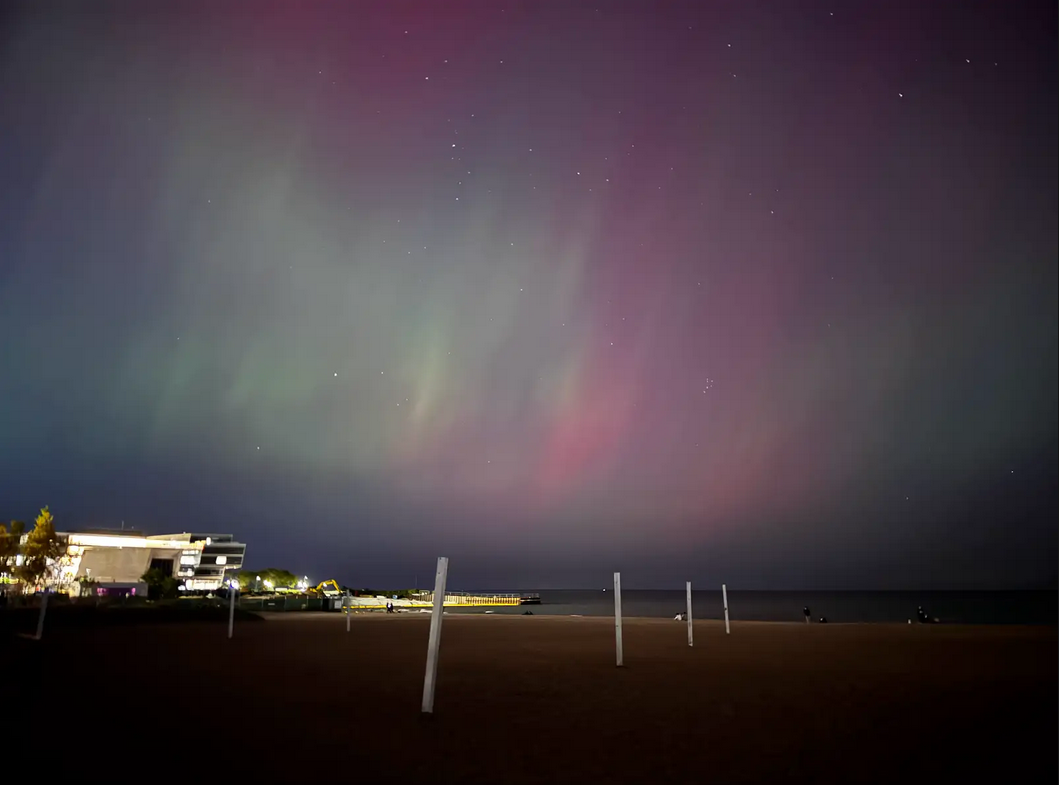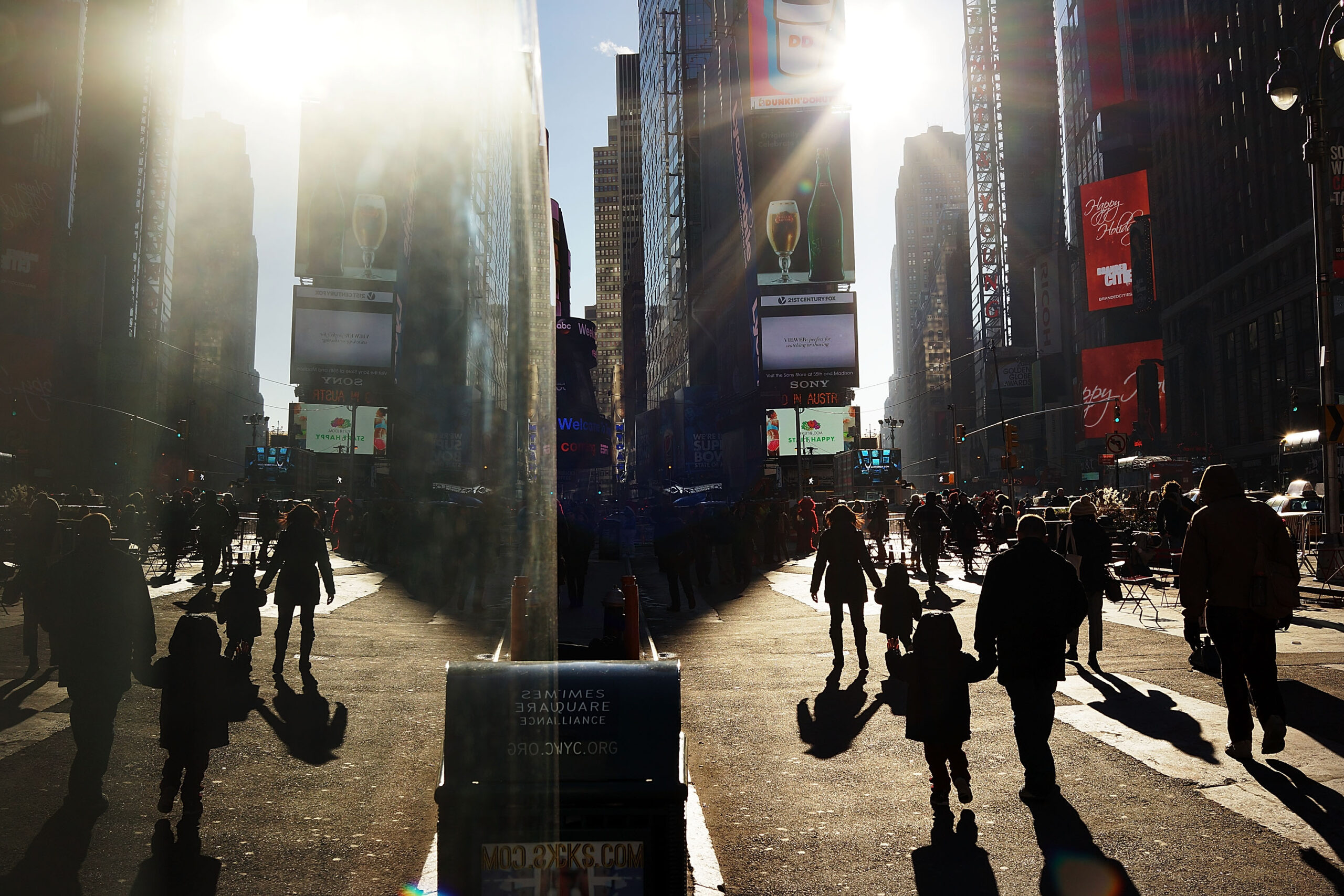Growing up in a small town in Pennsylvania, astronomy and physics Prof. Michael Smutko could see the Milky Way alongside “hundreds and hundreds” of stars above him every night. “(Space) was just always fascinating to me,” said Smutko, director of Dearborn Observatory. “When I went to college, I didn’t really have a set major in mind, but I tried some astronomy classes, and they really clicked for me, and I’m still here.” During the second week of November, the National Oceanic and Atmospheric Administration predicted visible auroras in the Midwest and the Chicago area. He encouraged his students to try to get a glimpse of them, suggesting the lakefill as the best place to spot them on campus. Astronomy and physics Prof. Melville Ulmer has only seen northern lights once, despite a decades-long career in astronomy. At NU, he said he had a student show him a photo taken on campus last year. “You can see it here if it’s powerful enough that the particles are able to penetrate the magnetic shield,” Ulmer said. Sixth-year physics Ph. D. candidate and Dearborn Observatory assistant Kiersten Sorensen recommends watching the public NOAA Aurora Dashboard to know when northern lights might be viewable. Sorensen said anyone hoping to see auroras should head to the darkest area they can find and point their camera north. She advises taking a picture on a phone with a three to 10-second-long exposure to reveal colors that the naked eye cannot see on its own. “One of the benefits to social media is (more people) get alerted to these events and this solar cycle,” Sorensen said. Sorensen said the sun operates on an 11-year magnetic cycle, moving from calm to agitated and back to calm again. Smutko explained that the sun’s surface is home to constant fiery storms, and without them, northern lights would not be visible. According to Smutko, the sun produces “sunspots” and eruptions from its surface when disturbed. These eruptions take two forms: solar flares and coronal mass ejections. CMEs are responsible for the auroras we see. Part of the sun’s mass hydrogen and helium, protons and electrons are “literally escaping from the sun,” Smutko said. Similar to a small explosion happening on the surface of the sun, these particles stream out in random directions, and some of them end up pointed in our direction. When they reach Earth’s magnetic fields, they spiral around, interacting with oxygen and nitrogen atoms. Those reactions are what give us the auroras we see in our sky. This solar cycle hit its maximum in October 2024 and will be on a downward trajectory for the next three to four years. But these auroras may still be visible from time to time. Professors like Smutko and Ulmer urge students to engage with solar activity as much as possible. One way to do that is to attend Dearborn’s weekly public sessions, held between 9 p. m. and 10 p. m. on Fridays, when people can tour the observatory. “One of the great things about my job is being able to try to show students the connection that they have in their everyday lives with these phenomena that you would think are completely removed from us here on Earth,” Smutko said. “But it’s not true at all. There’s a very close connection between what goes on in our daily lives and what’s happening on the sun.” Email: [email protected] Related Stories: Gallery: Dearborn Observatory offers tours to public Nights at Dearborn Observatory CIERA Astronomer Evenings bring astronomy education.
https://dailynorthwestern.com/2025/11/21/campus/after-northern-lights-grace-campus-horizons-astronomy-and-physics-professors-shed-light-on-how-they-occur/
After northern lights grace campus horizons, astronomy and physics professors shed light on how they occur



